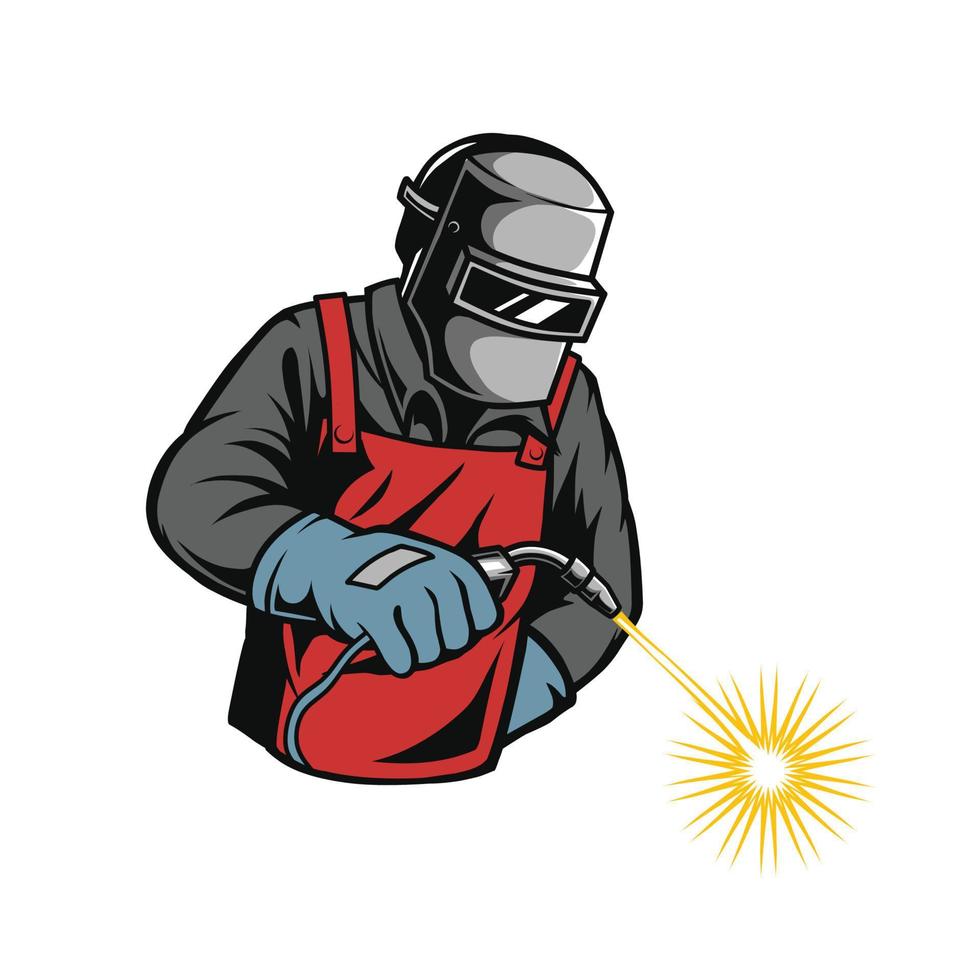Bonding WPS for Beginners: Getting Going with Welding Treatment Specs
Bonding WPS for Beginners: Getting Going with Welding Treatment Specs
Blog Article
Achieving Welding Quality: Revealing the Keys of WPS Application and Optimization
In the realm of welding, accomplishing excellence is a quest that depends upon the careful application and optimization of Welding Procedure Specifications (WPS) These fundamental documents offer as the backbone of welding operations, dictating the treatments and parameters essential for creating premium welds continually. Nevertheless, the keys to unlocking the complete capacity of WPS lie not only in recognizing its importance however additionally in mastering the ins and outs of its execution and optimization. By diving right into the crucial components, techniques, difficulties, and ideal practices related to WPS, a globe of welding quality awaits those who want to discover its midsts.
Value of WPS in Welding
The Importance of Welding Procedure Specifications (WPS) in the welding sector can not be overstated, functioning as the foundation for making sure consistency, high quality, and safety in welding operations. A WPS offers comprehensive guidelines on how welding is to be executed, including crucial variables such as materials, welding processes, joint design, filler steels, preheat and interpass temperatures, welding currents, voltages, traveling rates, and more. By sticking to a well-defined WPS, welders can preserve uniformity in their job, bring about regular weld high quality throughout different projects.

Trick Elements of WPS
Going over the integral elements of a welding treatment spec (WPS) is essential for recognizing its role in welding operations. An extensive WPS consists of numerous crucial elements that assist welders in achieving high quality and uniformity in their work. One essential element of a WPS is the welding process spec, which lays out the particular welding processes to be used, such as gas tungsten arc welding (GTAW) or shielded metal arc welding (SMAW) In addition, the WPS consists of details on the welding materials, such as the type and specs of the base steel and filler metal to be used. The WPS also specifies necessary variables like welding specifications, interpass and preheat temperature level requirements, and post-weld warm therapy procedures. Furthermore, it includes information on joint design, fit-up, and any type of special techniques or safety measures required for the welding procedure. By integrating these key components right into the WPS, welding procedures can be standardized, guaranteeing high quality, performance, and safety and security in welding procedures.
Strategies for WPS Optimization

Secondly, training check out here and certification of welding workers according to the details needs of the WPS is vital. Supplying comprehensive training programs and guaranteeing that welders are licensed to perform treatments detailed in the WPS can result in better welds and minimized rework.
Furthermore, leveraging modern technology such as welding software application and monitoring systems can aid in enhancing WPS. These tools can aid in tracking variables, making certain parameters are within defined limitations, and supplying real-time feedback to welders, enabling them to make instant changes for improved weld top quality.
Typical Difficulties and Solutions
Encountering barriers in applying the approaches for WPS optimization can hinder welding operations' efficiency and top quality. One common challenge is poor training or understanding of the welding treatment specs (WPS) among the welding group.
An additional difficulty is the absence of appropriate documents and record-keeping, which is vital for WPS optimization. Without clear records of welding criteria, products utilized, and inspection results, it comes to be challenging to recognize locations for renovation and ensure uniformity in welding procedures. Executing a durable paperwork system, such as electronic welding administration software application, can help simplify record-keeping and facilitate data analysis for continual renovation.
Additionally, inconsistent welding equipment calibration and maintenance can position a considerable obstacle to WPS optimization. Regular tools checks, calibration, and maintenance timetables ought to be stuck to purely to make certain that welding criteria are precisely controlled and preserved within the specified tolerances (welding WPS). By resolving these usual obstacles with proactive remedies, welding procedures can enhance performance, high quality, and total welding quality
Best Practices for WPS Implementation
To make sure effective WPS execution in welding operations, adherence to industry standards and meticulous attention to information are critical. When launching WPS execution, it is crucial to start by thoroughly understanding the certain welding demands of the project. This involves a thorough review of the welding procedure requirements, products to be bonded, and the ecological conditions in which the more info here welding will certainly happen.
As soon as the demands are clear, the next step is to pick the ideal welding treatment that lines up with these requirements. This entails speaking with the pertinent codes and criteria, such as those provided by the American Welding Society (AWS) or the International Company for Standardization (ISO), to make sure conformity and quality.
Furthermore, documenting the entire WPS execution process is crucial for traceability and quality assurance. Detailed records must be maintained pertaining to welding criteria, material preparation, preheat and interpass temperature levels, welding consumables made use of, and any discrepancies from the initial treatment. Routine audits and evaluations go now of the WPS can help determine locations for improvement and guarantee ongoing optimization of the welding process.


Final Thought
In final thought, the implementation and optimization of Welding Treatment Specifications (WPS) is vital for achieving welding quality. By recognizing the crucial elements of WPS, implementing reliable strategies for optimization, addressing typical obstacles, and following best techniques, welders can ensure premium welds and safe working conditions. It is important for experts in the welding sector to prioritize the appropriate application of WPS to enhance total welding efficiency and achieve preferred outcomes.
The Value of Welding Procedure Requirements (WPS) in the welding market can not be overstated, serving as the backbone for making sure uniformity, quality, and safety in welding procedures. A WPS provides comprehensive guidelines on just how welding is to be brought out, consisting of necessary variables such as materials, welding procedures, joint design, filler steels, preheat and interpass temperature levels, welding currents, voltages, traveling rates, and more. One essential facet of a WPS is the welding procedure requirements, which lays out the specific welding processes to be made use of, such as gas tungsten arc welding (GTAW) or shielded metal arc welding (SMAW) By including these essential elements into the WPS, welding procedures can be standard, guaranteeing top quality, performance, and security in welding operations.
It is vital for experts in the welding industry to prioritize the appropriate application of WPS to boost general welding efficiency and accomplish desired results.
Report this page